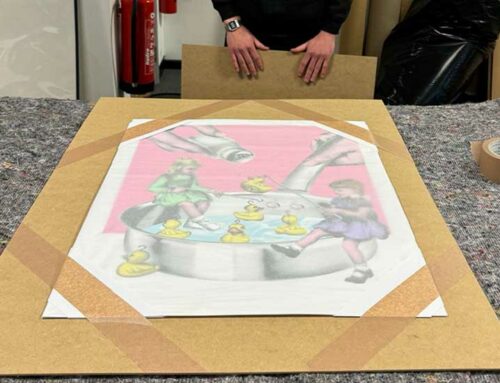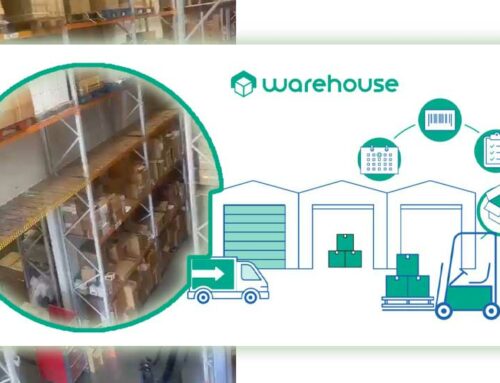Packaging guide for artists shipping art, (paintings, canvas, prints, or framed artwork).
Although we will take great care shipping artwork through our fragile services, it must be protected against any unforeseen accidents. Nobody wants to receive a telephone message informing them that their artwork has been damaged in transit. The best way to protect your work is to have it professionally packed in a bespoke case.
We are aware that sometimes professional packing isn’t an option so the following
…offers an alternative solution to prepare your art for shipping. Flight Logistics-ShipArt cannot be held responsible if you package your own work insufficiently for the journey. Please bear in mind that insurance providers will rescind their coverage if the packaging is inadequate. Don’t assume bubble wrap will do, unless you’ve wrapped it in a metre of the stuff, it’s not great at protecting against pressure damage.
If you’re in any doubt about the best package options when shipping your artwork, please contact us via email.
Packing process for paintings, canvass, prints, or framed artwork
- Painters Tape – If glass is involved apply painters tape in an X manner across the face from corner to corner (leaving a lip over the edge for easy peel). Put a single layer of bubble wrap over this.
- Acid-free archival tissue paper (Glassine) – Use if shipping a canvass, it protects from moisture and dust. Place a piece on the floor about 3 inches larger all round than the canvass. This is pH neutral and will therefore have no chemical interaction with other objects. You can get this from art and craft stores.
Put your picture/canvass face down on top of the paper.
- Hard Card – Place a hard card on top. Fold back the edges of the paper and tape down so that it is fixed to the hard card with the picture/canvass sandwiched between the two.
- Plastic wrap – Cover with plastic sheeting, poly wrap, or heavy plastic bag to protect against water damage.
- Corner cardboard – For extra protection you can apply to all 4 corners.
- Bubble Wrap – Wrap the above at least twice in bubble wrap.
- Foam board – Place a piece of foam board front and back of the picture/canvass. Make sure this is at least 5 cm longer and wider than the picture/canvass. Tape around the boards to hold in place. You can get this from art and craft stores.
- Cardboard – Fashion a cardboard box as exterior protection.
- Fragile – Write fragile on box.
- Label – Apply label clearly writing the full address where it is going. If the box is blank, you can write the address straight on the box.
- Add “Fragile”
Packing process for unframed work if it can be rolled up
- Acid-free archival tissue paper (Glassine) -put on the face of your art and roll at same time.
- Plastic wrap – Put in plastic sheeting, poly wrap, or heavy plastic bag to protect against water damage.
- Tube – Put in a thick and sturdy cardboard tube.
- Label – Apply label clearly writing the full address where it is going.
- Add “Fragile”
Insurance
Please bear in mind that insurance providers will rescind their coverage if the packing for art is inadequate.
Cost of shipping and the effect of packing
All carriers will look at the actual weight and the “volumetric weight” and will charge shipping at the higher of the two (UK delivery volumetric weight is calculated at LxHxW / 4000). Volumetric weight is a calculation based on the space taken up by an object. If your crate weighs 3kg but volumes to 10kg your cost will be based on 10kg because of the amount of space being used in a vehicle.
It’s worth bearing this in mind when you package your artwork.
Here’s a link to our Professional Packing Services













